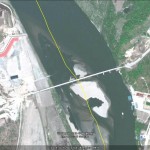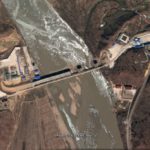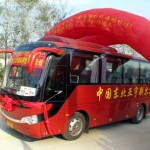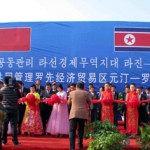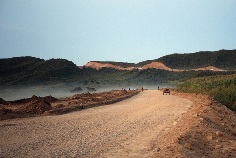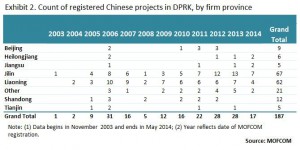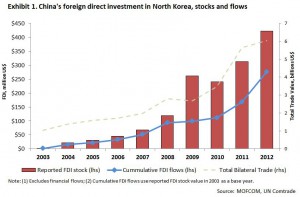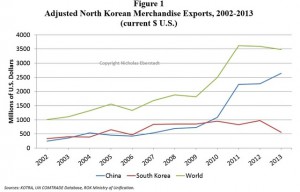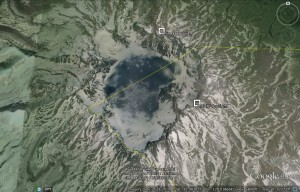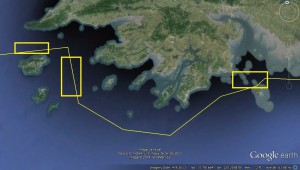According to the Korea Times:
North Korea has increased its rare earth exports to China amid worries within the international community that its mineral exports could weaken the effect of sanctions imposed on the reclusive state.
The cash-strapped communist country exported goods to the value of $550,000 and $1.33 million in May and June, respectively, according to the Korea International Trade Association (KITA).
Last January, the North exported elements worth nearly $25,000 to China for the first time and continued them this year. The country has an estimated 20 million tons of rare earth elements.
The North’s resources exploitation have stirred speculation that the impoverished state may further diversify mineral exports to China, where it has previously mostly exported anthracitic and iron ore.
The KITA report identified the changing trend in North Korea’s earnings from mineral exports.
In the first half of this year, earnings from anthracitic and iron ore exports decreased 23 percent and 5 percent, respectively.
These earning deficits were compensated for by exports of rare earth elements. There has been a sharp increase in global demand over the last recent decade because several high-tech devices, including smartphones, and other high technology devices use them in core components. Rare earth elements are a group of 17 elements on the periodic table referred to by the US Department of Energy as “technology metals” because of their use and application.
The communist country relies heavily on mineral exports as a major source of hard currency after international sanctions were imposed on the Pyongyang regime for its continuing missile launches and testing of nuclear weapons.
Natural resources account for 73 percent of North Korea’s bilateral trade with China in 2012. The North exports 11 million tons of anthracitic to China annually.
Yonhap coverage:
North Korea exported rare-earth elements worth $1.87 million to China from May to June, resuming outbound shipments of the crucial industrial minerals to its key ally and economic benefactor in 15 months, data showed Sunday.
North Korea shipped rare-earth minerals worth $550,000 and $1.32 million to China in May and June, respectively, which amounted to a total of 62,662 kilograms, according to the Korea International Trade Association based in Seoul.
The communist regime first exported rare-earth metals worth $24,700 to China in January 2013 and had stopped selling them until recently.
Separately, Pyongyang has sold carbonate-containing rare-earth compounds to China since 2011, but the size of outbound shipments is small, with the total amount is estimated at about $170,000 over a period of three and a half years.
The impoverished nation is known to have large reserves of rare-earth minerals, which are crucial ingredients used in many tech products as well as the military and medical sectors.
The latest move comes as the North has stepped up developing rare-earth deposits to support its moribund economy.
Last year, the North’s state-owned Korea Natural Resources Trading Corporation signed a 25-year deal with British Islands-based private equity firm SRE Minerals Limited to mine deposits in Jongju, northwest of the capital, Pyongyang.
Experts said the recent surge in North Korea’s rare-earth shipments may be part of its attempts to diversify sources of mineral exports, which account about half of its total exports.
The North’s export of anthracite coal fell 23 percent in the first half of this year to $571.2 million from a year ago, while ironstone declined 5 percent to $120 million in the cited period, according to trade data.
“The rare-earth minerals sold to China were valued at $30 per kilogram, and they were considered to be processed iron concentrates or oxidized substances,” said Choi Kyung-soo, chief of the Seoul-based North Korea Resource Institute. “It could be seen as an attempt to diversify items of mineral resource exports, but it remains to be seen whether the North will start exporting large volumes of rare-earth minerals.”
Read the full stories here:
Rare earth elements boost NK income
Korea Times
Kang Hyun-kyung
2014-7-27
N. Korea exports US$1.8 mln worth of rare earth to China in May-June
Yonhap
2014-7-27

